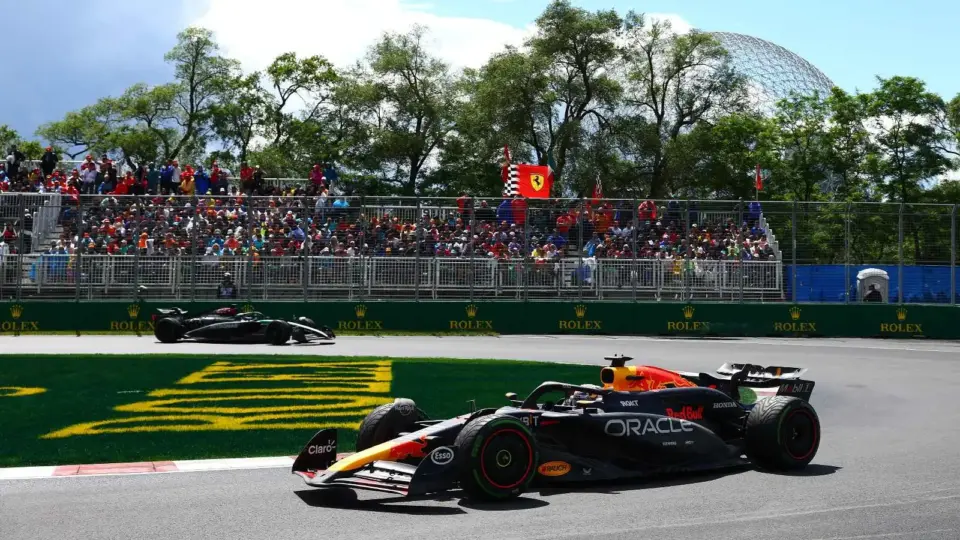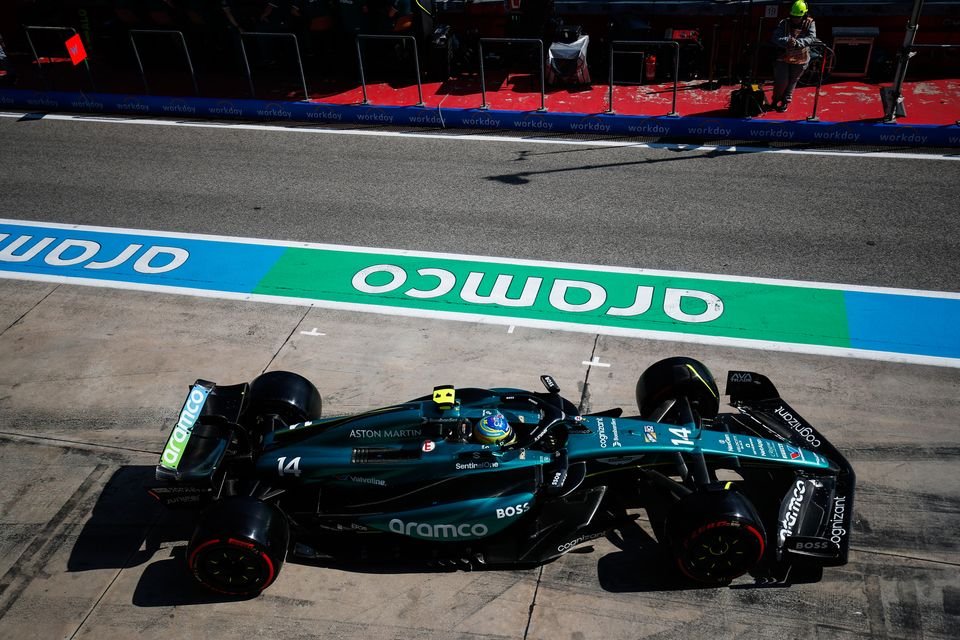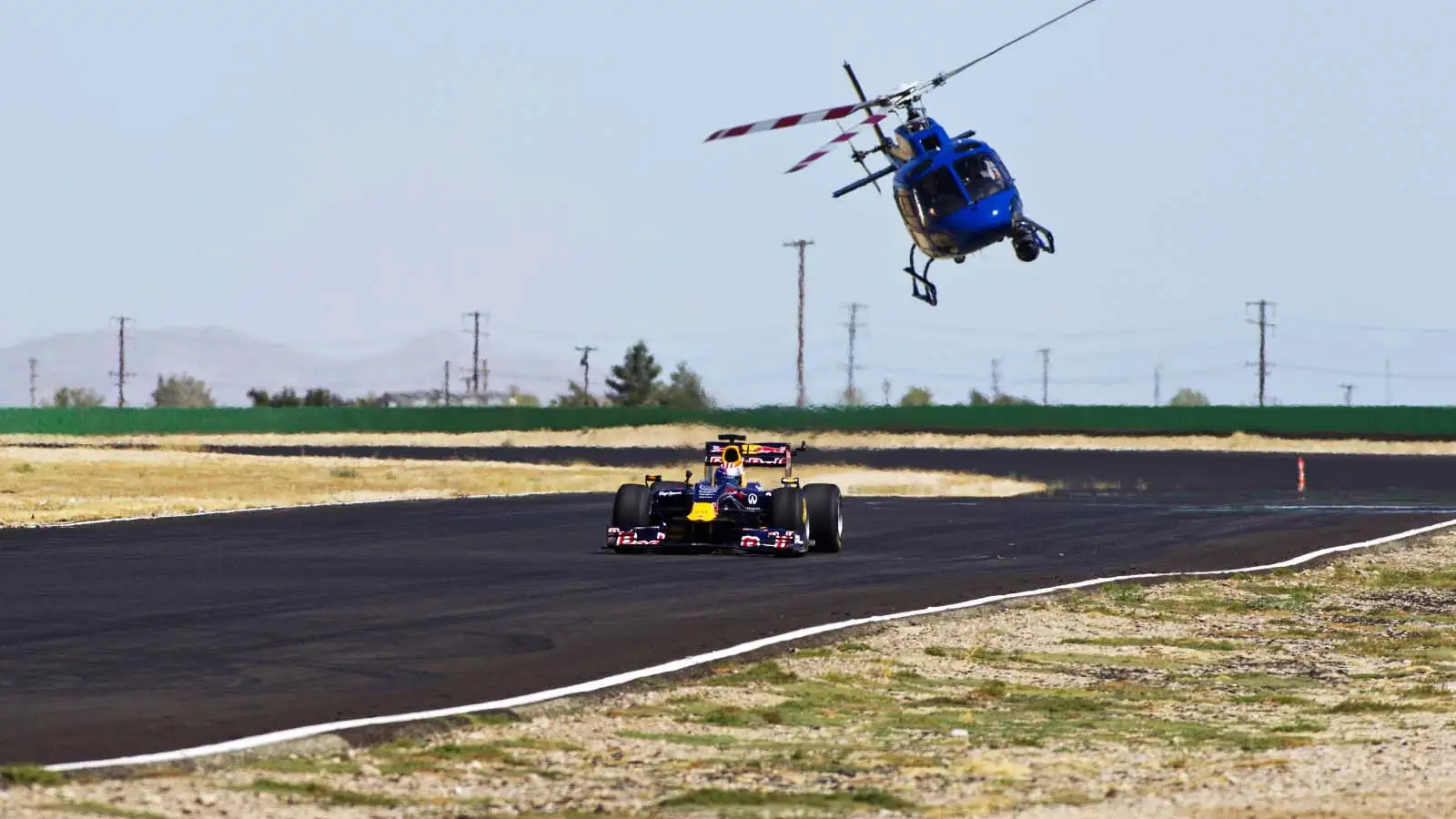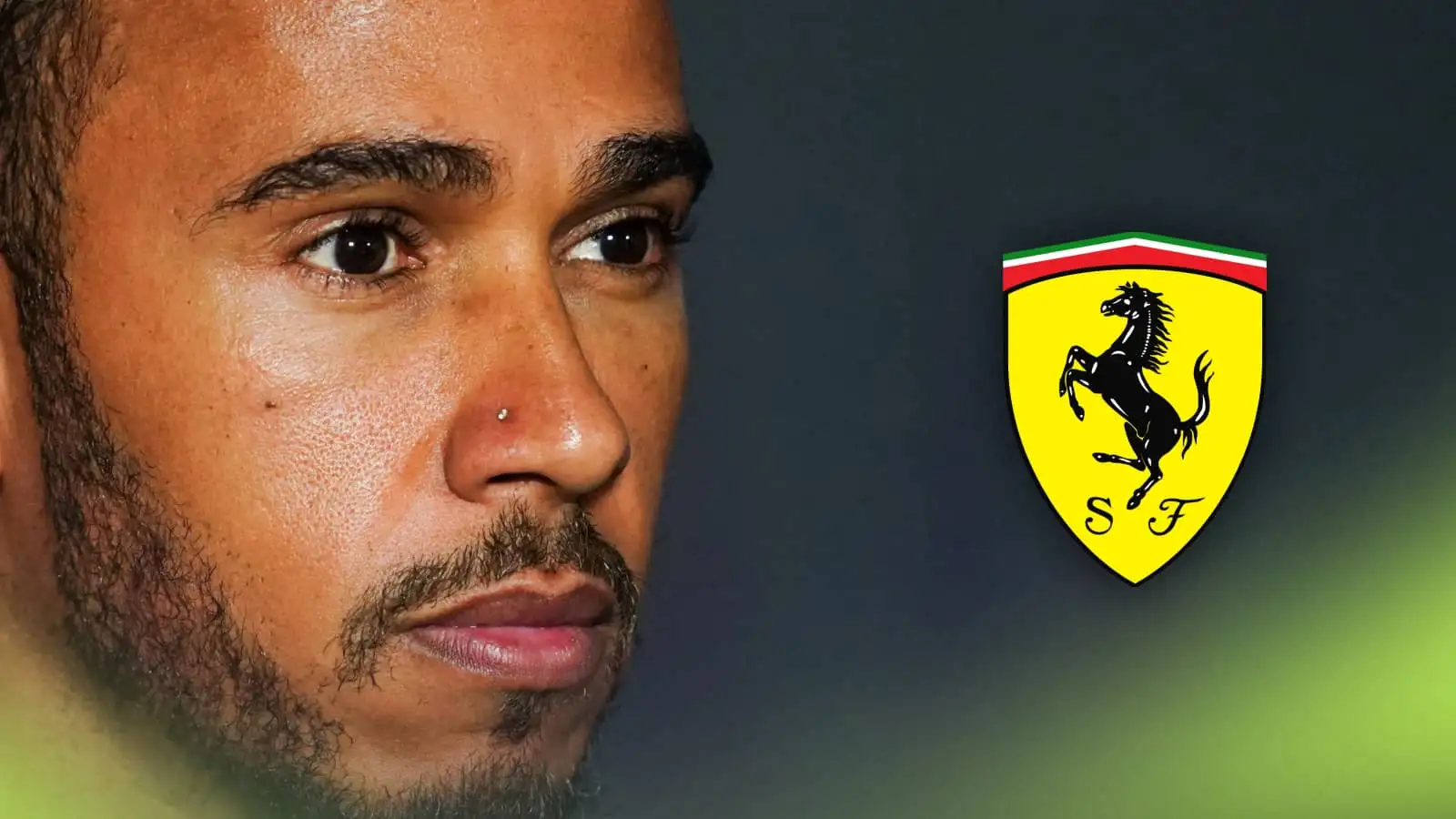Before George Russell’s disqualification, the 2024 Belgian Grand Prix had a thrilling finish with the top three drivers separated by just 1.173 seconds. This tight finish ranked the race among the closest in Formula 1 history, but there have been even narrower margins.
Back in the 2012 Monaco Grand Prix, suspense lingered with Mark Webber leading the race. Despite heavy penalties and safety car interventions, Webber managed to stay ahead, with the top four finishing within 1.343 seconds of each other.
Fast forward to the 2016 Abu Dhabi Grand Prix, a title-decider where Lewis Hamilton needed Nico Rosberg to finish fourth or lower to seal the championship. The race ended with Hamilton just 0.439 seconds ahead of Rosberg, while Sebastian Vettel trailed by only 0.843 seconds.
The 1981 Spanish Grand Prix was another nail-biter. Gilles Villeneuve’s Ferrari, despite being slower in corners, held off multiple challengers. The top five were separated by 1.24 seconds, with Jacques Laffite and John Watson closely trailing Villeneuve’s victory.
Rewinding to the 1969 Italian Grand Prix, Jackie Stewart secured both the win and the championship. Amid numerous lead changes, Stewart kept his composure. The top four, including fierce competitors Jochen Rindt and Jean-Pierre Beltoise, were separated by less than 0.2 seconds.
Finally, the 1971 Italian Grand Prix at Monza became legendary for its neck-and-neck finish. Peter Gethin crossed the line just 0.01 seconds ahead of Ronnie Peterson. The top five drivers were separated by a mere 0.061 seconds, making it the closest finish in Formula 1 history.
While the 2024 Belgian Grand Prix was undoubtedly close, history shows that Formula 1 has had even tighter finishes. These historical moments highlight the thrill and unpredictability that make the sport so captivating.










